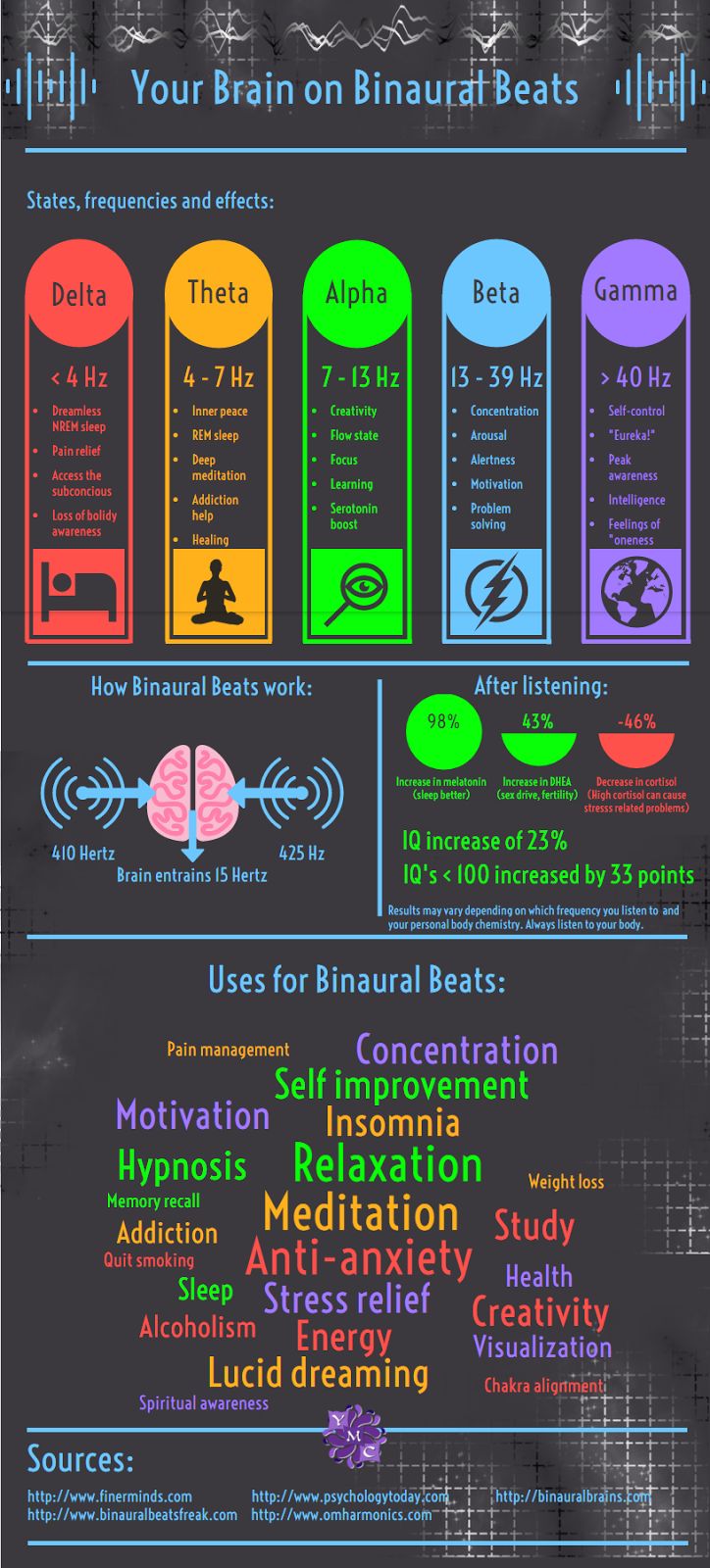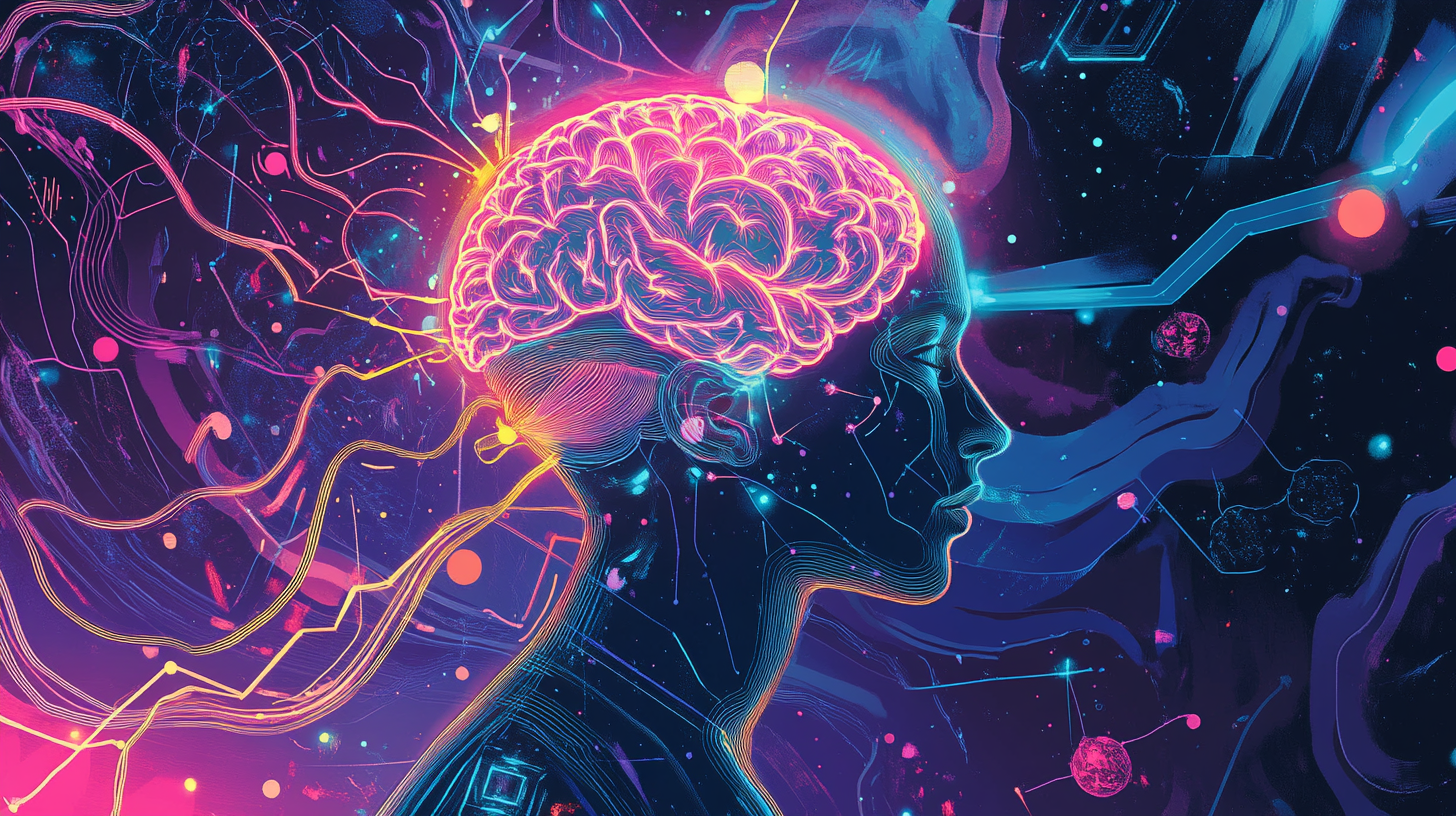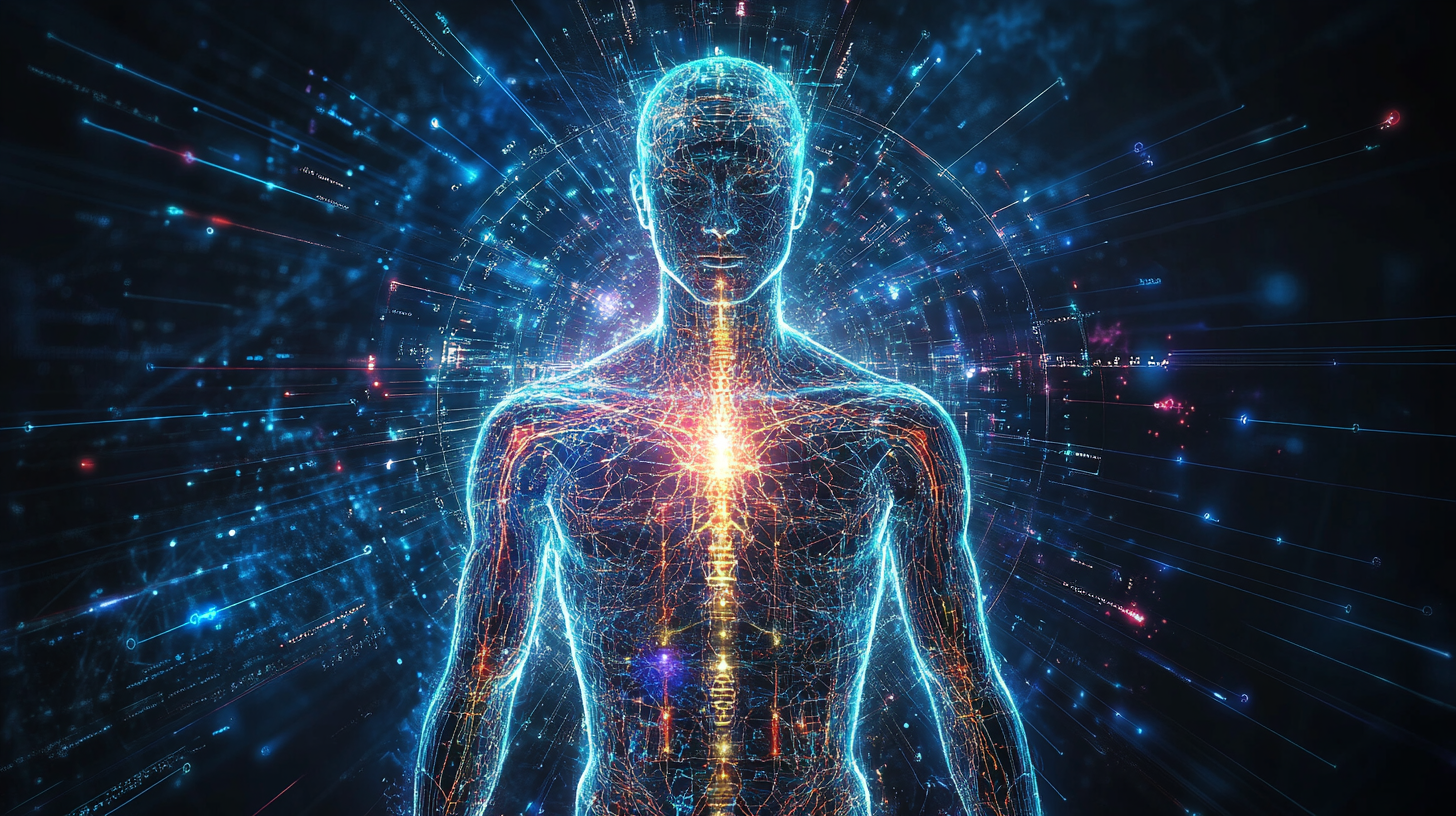"Education is the most powerful weapon which you can use to change the world"
The Discovery of Binaural Waves in Neuroscience: A Breakthrough in Brain Synchronization
For decades, neuroscientists have been fascinated by the brain’s ability
to synchronize with external stimuli. Binaural beats, a form of auditory illusion discovered in the late 20th century, have now been extensively studied, revealing a profound impact on cognition, relaxation, and altered states of consciousness.
Recent research indicates that binaural waves—the slight frequency difference between two tones played in separate ears—generate a third perceived tone, which stimulates specific brainwave states. This phenomenon appears to influence theta (4-8 Hz) and gamma (30-100 Hz) oscillations, which are linked to deep meditation, creativity, and cognitive enhancement.
The Mysticism of the East: Bridging the Seen and the Unseen
Eastern mysticism has long been a domain of paradox and profound wisdom, challenging the rigid dualities of Western thought. At its core
lies a recognition of impermanence, interconnectedness, and the illusory nature of selfhood.
From Advaita Vedanta’s assertion that all is Brahman, to Taoism’s effortless flow of the Dao, Eastern traditions point toward a non-dual reality, where subject and object dissolve into a seamless totality. The Zen koans, which perplex the rational mind, aim to dismantle linear thought, revealing insights that cannot be grasped intellectually but only through direct experience.
F2. The 2024 Asteroid Discovery: A Harbinger of Cosmic Surprises
In 2024, astronomers identified a previously unknown near-Earth asteroid, provisionally named 2024 XQ7, an object that has reignited discussions about planetary defense and cosmic unpredictability. Discovered through high-resolution infrared surveys, this 500-meter- wide celestial body exhibits an unusual elliptical trajectory, made of nikel and Iron, raising questions about its origins and long-term stability.
What makes this asteroid particularly intriguing is its high metallic content, suggesting it could be a fragment from a much larger body that underwent a catastrophic collision millions of years ago.

For decades, neuroscientists have been fascinated by the brain’s ability to synchronize with external stimuli. Binaural beats, a form of auditory illusion discovered in the late 20th century, have now been extensively studied, revealing a profound impact on cognition, relaxation, and altered states of consciousness.
Recent research indicates that binaural waves—the slight frequency difference between two tones played in separate ears—generate a third perceived tone, which stimulates specific brainwave states. This phenomenon appears to influence theta (4-8 Hz) and gamma (30-100 Hz) oscillations, which are linked to deep meditation, creativity, and cognitive enhancement.
What makes this discovery groundbreaking is that it suggests non-invasive neural entrainment can modulate cognitive and emotional states. Studies using fMRI and EEG scans show that exposure to binaural beats can synchronize neural activity across hemispheres, a process known as brainwave entrainment. This has sparked interest in therapeutic applications, particularly in treating anxiety, depression, and ADHD, and even enhancing learning and memory retention.
The Tao of Physics: A Philosophical Commentary on the Dance of Science and Spirituality
Fritjof Capra’s “The Tao of Physics” was more than a book—it was a wake-up call to the mechanistic dogma of Western science. Written at a time when physics was breaking the chains of classical determinism, Capra exposed a striking revelation: the universe described by quantum mechanics was eerily similar to the mystical visions of Taoists, Buddhists, and Vedantic sages.
At the heart of both disciplines lies the realization that reality is dynamic, interconnected, and paradoxical. Quantum entanglement mirrors the Buddhist notion of dependent origination, where nothing exists independently. The Taoist concept of wu wei (effortless action) finds its counterpart in the Heisenberg Uncertainty Principle, where observation itself alters reality.
But Capra’s thesis goes beyond mere parallels—it suggests that the West’s obsession with rigid categories blinds it to the fluid nature of existence. Science, for centuries, sought certainty, reducing the cosmos to mechanistic interactions. Yet, as Einstein struggled with quantum unpredictability, the ancient Eastern sages had long embraced the idea that reality is not a machine, but a cosmic dance.
The implications are profound: if consciousness and matter are not separate, then the act of knowing itself is part of the very fabric of reality. Modern physicists now grapple with what mystics knew intuitively—the observer is not separate from the observed.
The Tao of Physics remains a monumental bridge between disciplines that once seemed irreconcilable. In a world where reductionism still dominates, it reminds us that the universe is not merely an equation to be solved, but a mystery to be experienced.


Energy, vibration and Frequency

Energy

Vibration

Do you have any question?
Feel free to Contact us
E-BOOKS
Try Our New Tastes
e-courses
Try Our New Tastes
Our Gallery
Try Our New Tastes






Services
1. Lorem ipsum dolor sit amet, consectetur adipiscing elit, sed do eiusmod tempor incididunt ut labore et dolore magna aliqua.
2. Ridiculus mus mauris vitae ultricies leo integer.
3. Erat pellentesque adipiscing commodo elit at imperdiet dui accumsan sit.
4. Nec nam aliquam sem et tortor.














